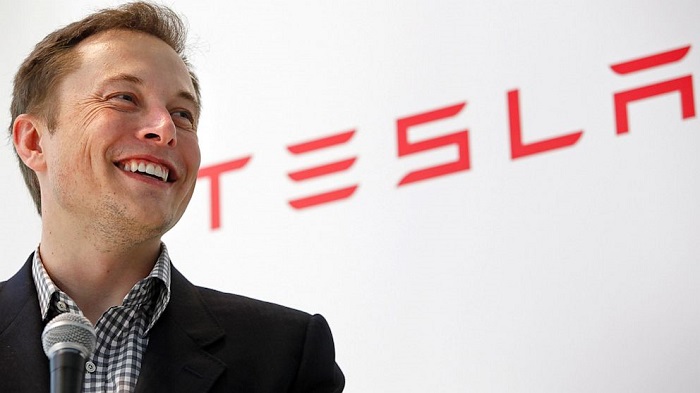Elon Musk recently published a post in which he reflected on the history of Tesla, and explained to the reader the company’s goals over the next few years.

It’s a fascinating read, but at 1500 words, it takes a bit of time to get through. Here are the highlights of what to expect from the company.
Better solar roofs with seamlessly integrated battery storage
This has been a long time coming, and it’s taken two companies to get here, but now that Tesla is ready to scale its Powerwall product and SolarCity is ready to provide users with highly differentiated solar options, Musk plans to combine the two operations. The result is expected to be a solar-roof-with-battery product that provides the user with one order, one installation, one service contact, and one phone app.
Expanded electric vehicle product line
While Tesla vehicles currently provides only premium sedans and SUVs, the pending launch of the Model 3, compact SUV, and new pick-up truck, the company will soon better serve the consumer market as a whole.
In order to accomplish this, Musk says the company’s ability to scale up production volume must be improved. As such, he is tasking his engineering staff with improving the machines that make the vehicles. He envisions the first full iteration of a new Tesla factory in operation by 2018.
Additionally, Musk will look to expand the Tesla vehicle line to heavy-duty trucks and high passenger-density urban transport. The goal in doing this is to reduce the cost of cargo transport, increase on-road safety, and improve traffic congestion. Initial unveiling of concept vehicles is expected next year.
Improved self-driving capabilities
The long-term goal in this regard is to outfit all Tesla vehicles with the hardware necessary for the car to drive itself and have fail-operational capability, meaning that should a part of the vehicle break while driving, it will continue to drive itself safely. This is obviously a long path of refinement and validation, one that goes beyond simply adding more cameras, radar, sonar, and hardware. Then there’s approval by regulators. Musk anticipates approval will likely be around 6 billion miles; current fleet learning is just over 3 million miles per day.
Create a Tesla vehicle network that can make owners money when their cars aren’t being used
When true self-driving vehicles are approved by regulators, Tesla cars can be summoned from anywhere to pick its owners up. When it’s not being used, owners will have the option of adding their vehicle to a Tesla shared fleet to transport those in need of a ride and, in turn, generate income for the owner while he / she is at work, at home, on vacation – basically whenever there is not a need to get somewhere. Musk anticipates this option will lower the cost of ownership and improve the basic economic utility of a self-driving car to several times that of a car that is not.
To learn more, check out the full Tesla Master Plan, Part Deux post.
Advertisement
Learn more about Tesla





